Table of Contents
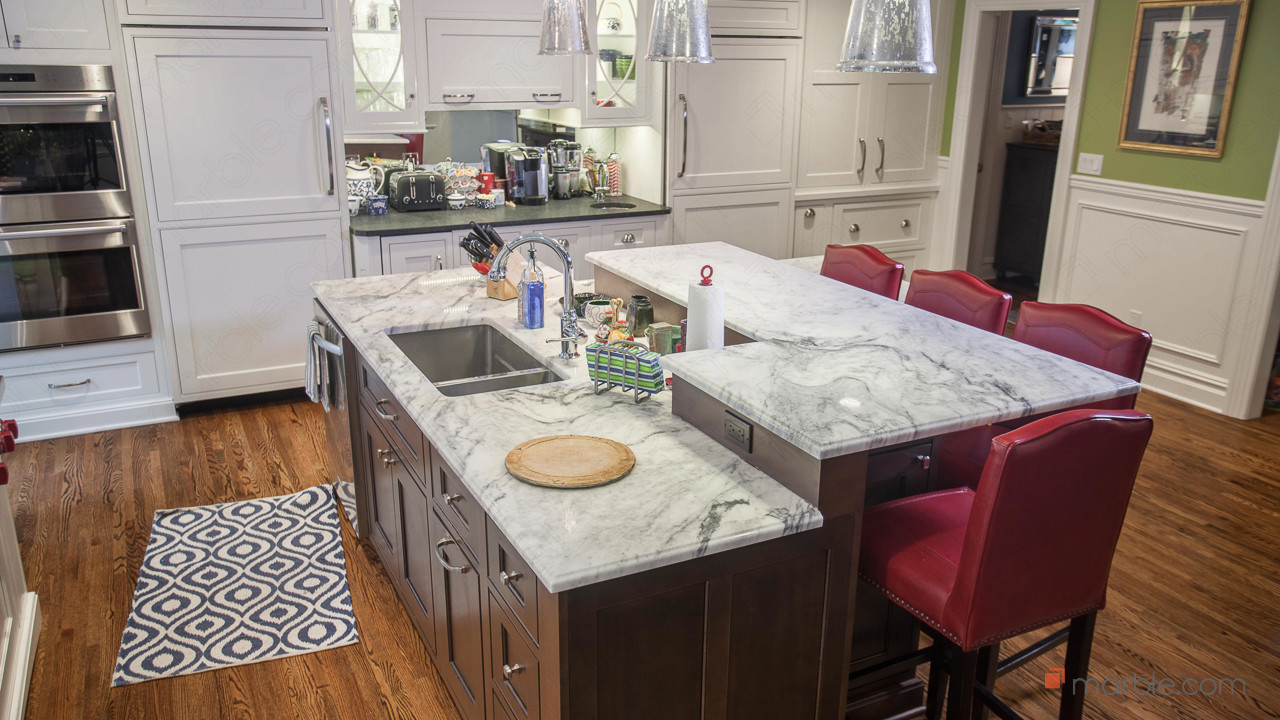
The world of stone countertops can be an amazing and luxurious endeavor when you start diving into the different types of stones, their colors, designs, strengths, and history. However, all that glam and sparkle can hide a deceptive practice which some less reputable companies hide. It may seem wrong, but there are some companies who will market one stone as another, such as saying they are selling you white marble, when it is actually white quartzite.
We at Marble.com abhor practices like this, which is why we are going to teach you how to be a smart shopper. Telling the difference between white marble and quartzite can be very tricky to anyone inexperienced in stone.
For today, follow along as we guide you on how to tell the difference between white marble and white quartzite.
Quartzite vs. Marble
Understanding the differences between marble and quartzite on a basic level will provide you with more clarity on how the stones are different. While every stone typically comes from the ground, not every stone is made the same.
Structure
There are three main rock types: igneous, sedimentary, and metamorphic.
· Igneous rocks are rocks that are formed through the cooling and solidification of magma or lava.
· Sedimentary rocks are formed when particles settle out and combine together in an accumulation of layers from water, air, or precipitation.
· Metamorphic rocks are existing rocks which are super-heated in magma or lava, kept under intense pressure for many years, and morphed into another rock. Many metamorphic rocks contain silicon and oxygen and are the most abundant in the Earth’s crust.
With that information in hand, we can identify quartzite and marble more accurately.
Quartzite is an igneous rock which has been crystallized through the cooling process.
Marble is a metamorphic rock, originally made from limestone and morphed into marble through the heating and cooling process.
Hardness
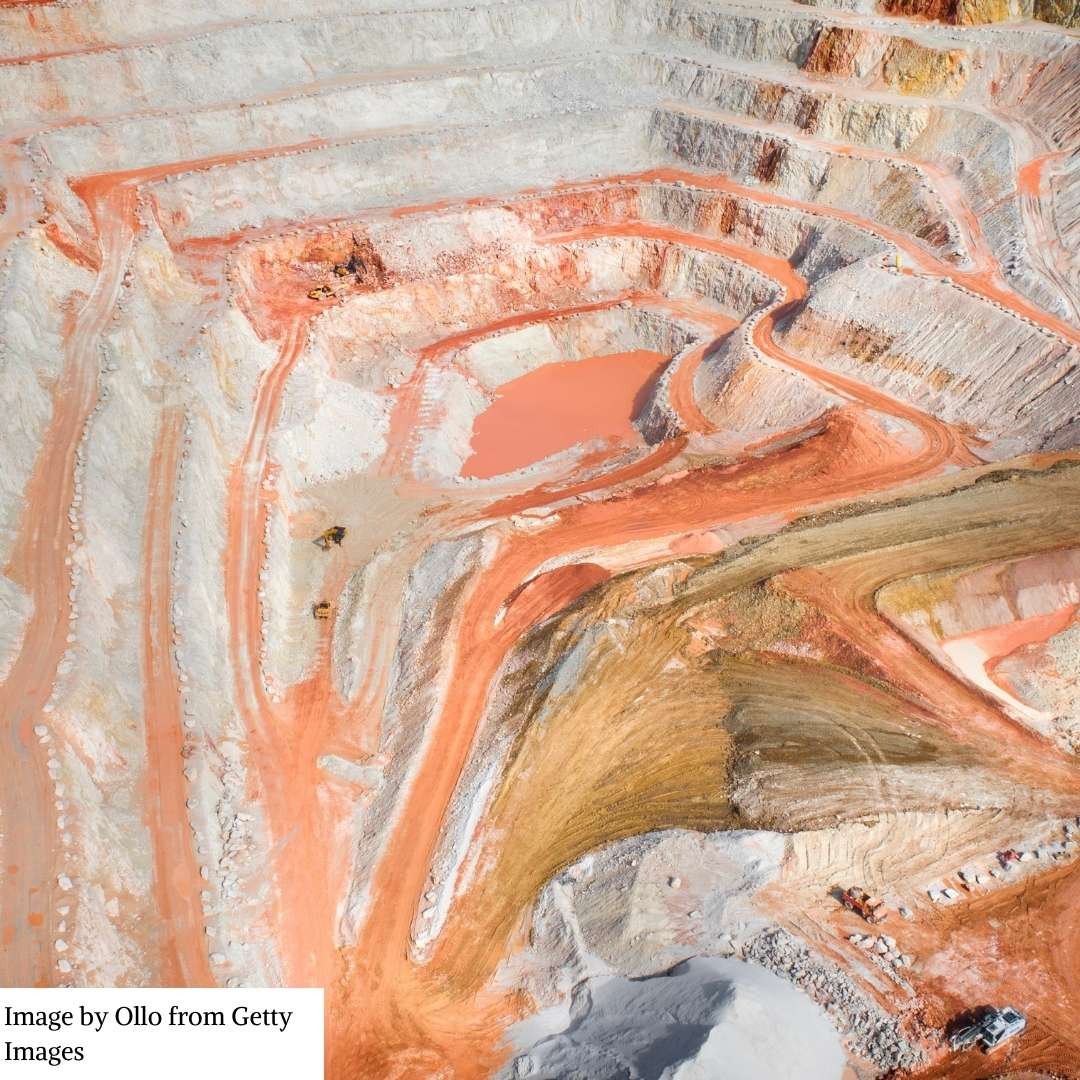
A rock’s hardness specifically measures how resistant the stone is to scratching and how well it can scratch other rocks. The most widely adopted method of checking a rock’s hardness is with the Mohs Hardness scale, which uses a 1-10 number rating system. The harder the rock is, the higher grade it will receive. A rock at a higher rating will be harder to scratch but can be used to scratch rocks lower than it. For example, diamond is one of the hardest minerals in the world with a Mohs rating of 10. This means it can scratch any other stone lower than it, including itself.
Marble has a hardness rating of 4, which is an exceptionally low rating. Marble is considered exceptionally soft and fragile, making homeowners and companies take extra precautions not to damage it for their projects.
Quartzite has a hardness rating of 7, which is a moderate score in terms of stone countertops.
Stain Resistant
This will be a vital key in determining the differences between marble and quartzite, but we will get to that a bit later. For now, we need to explain the differences between each stone.
Marble is known for having many pores and grooves in its slab. These pores can be found in almost all natural stones, but it is a glaring weakness homeowners need to be wary of. The more pores a stone has, the higher chances for stains to form and sink into the stone. There are methods for removing stains from marble, but some stains may cause a complete countertop replacement.
Quartzite has pores as well, but it can handle stains better when compared to marble. As we mentioned earlier, quartzite has been crystallized, giving it a smoother texture than other stones. Spills and messes will not stain as deeply in quartzite, only requiring a soft rag and a mild dish soap to remove them.
Chipping and Breaking
When it comes to stone countertops, it is important to have a surface that will not break or crack at the first sign of stress. While stones vary in durability, installing a weak stone as a countertop can spell trouble in the future.
Marble stone is seen as very soft and delicate. While it may not break easily, too much stress on the slab will cause it to chip or crack over time.
Quartzite on the other hand is known to be quite hardy and can withstand more stress and weight compared to marble.
Heat Resistance
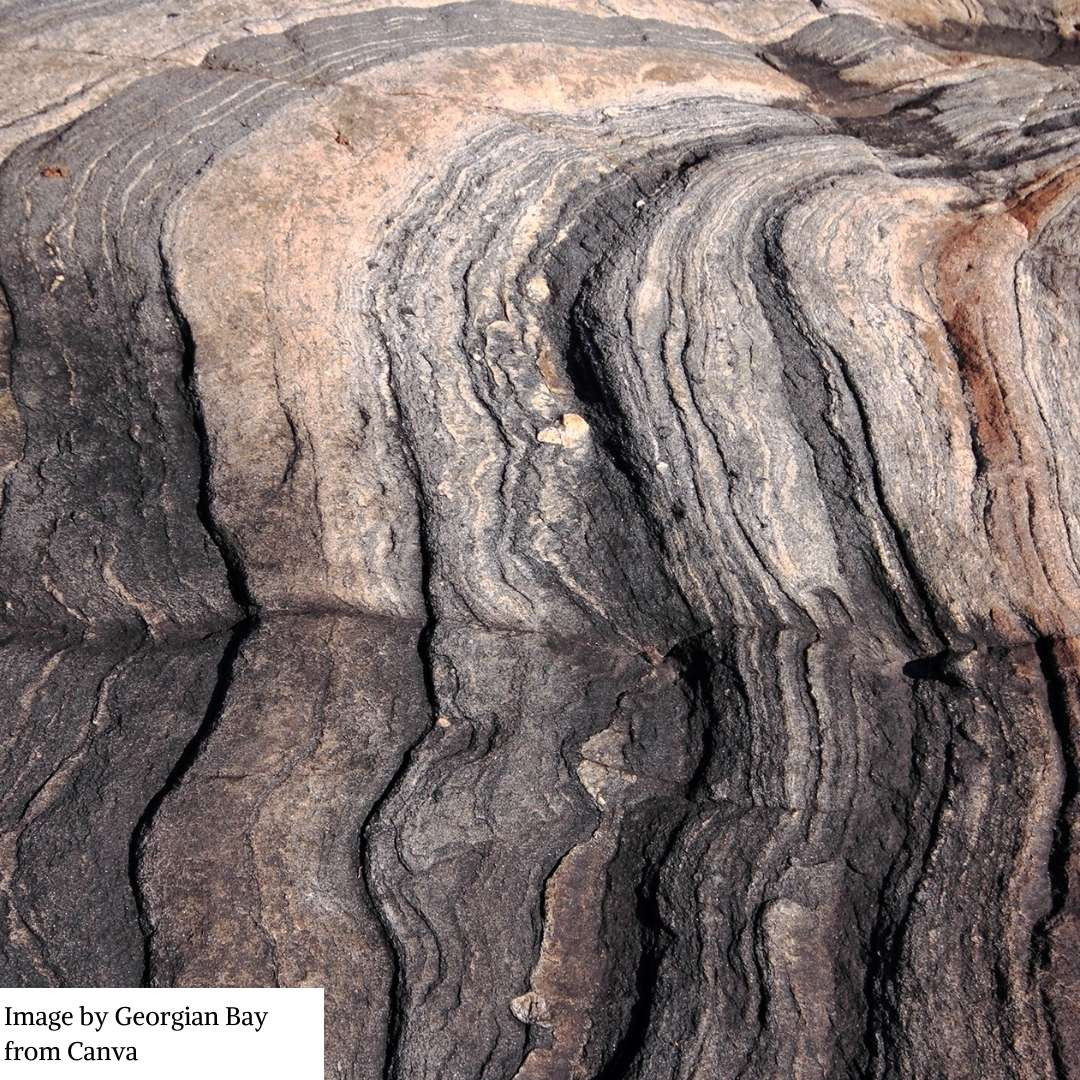
Kitchens are going to get hot, so it is imperative to purchase stone that can withstand the heat.
Marble and quartzite are both stones that have been formed using magma in the Earth’s crust or mantle. Kitchens almost never reach that type of temperature, and it will take those extreme temperatures to start melting both stones.
The main concern with stone countertops and heat is thermal shock (which is a sudden and drastic change of temperature on a structure.) For instance, placing a hot, metal pan directly on a chilly countertop can cause the stone to experience thermal shock, leading to the stone cracking from the pressure.
Cost
This is a big reason why companies will label quartzite as marble. The cost of marble can be awfully expensive, sometimes difficult to obtain when there is a shortage.
Marble can cost anywhere from $40 to $150 per square foot. This price will vary widely depending on location of stone, amount being installed, complexity of project, and current availability on the market. Marble is always in high demand, where marble shortages will increase the price exponentially.
Quartzite is much more common to obtain, costing around $65 to $200 per square foot. For companies wanting to make more profit, they can claim quartzite is marble so move their inventory. While quartzite is more durable than marble, it is still unethically false advertising.
[get_quote]
Differentiating White Marble and Quartzite
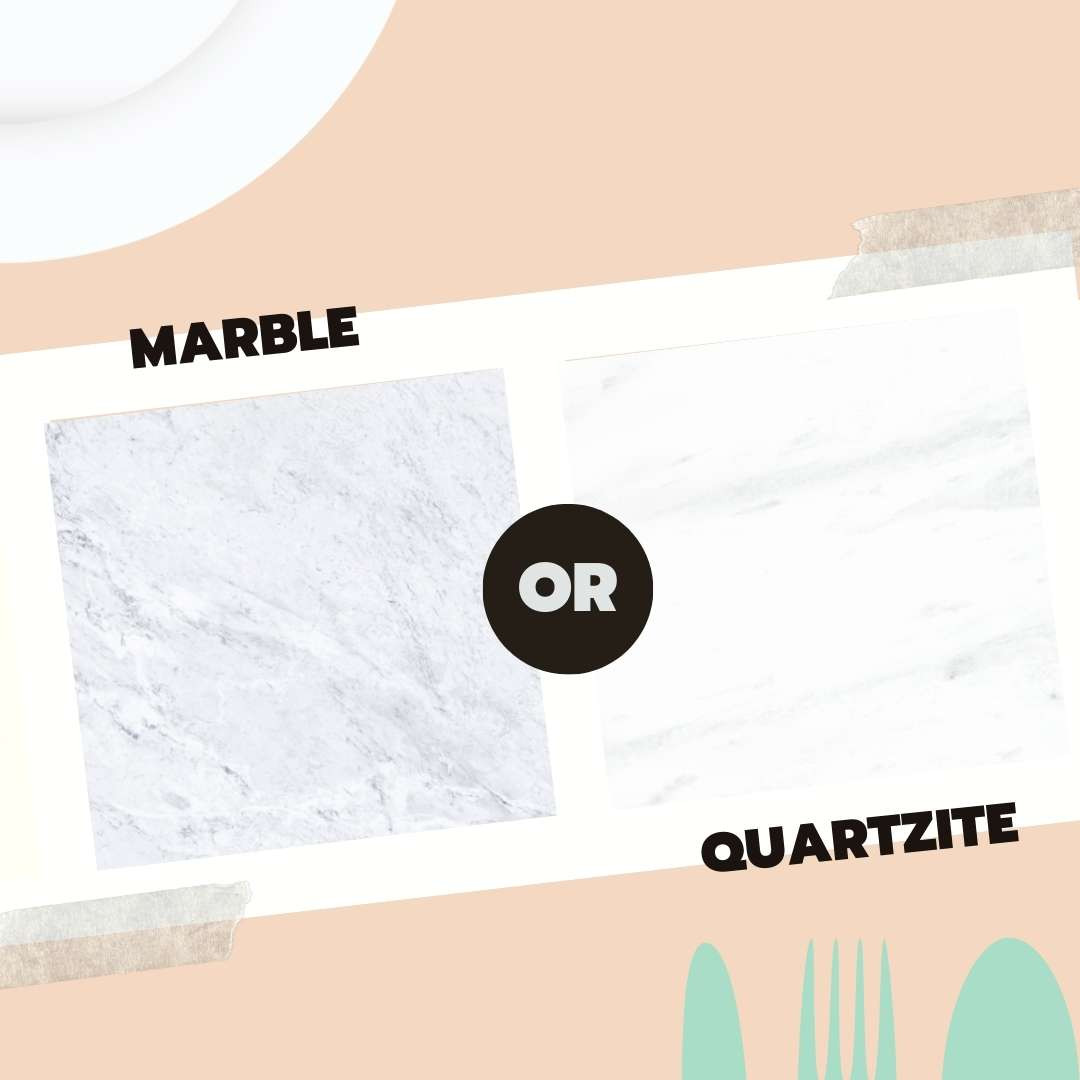
From the surface, it is almost impossible for a regular person to tell the difference between marble and quartzite. The white stone with light veining is such a trendy style, that it naturally feels historical and elegant that anyone would want it in their homes.
But fret no more as here are a couple of ways to determine if the stone you have or are thinking of purchasing is true white marble or white quartzite.
Scratch Test
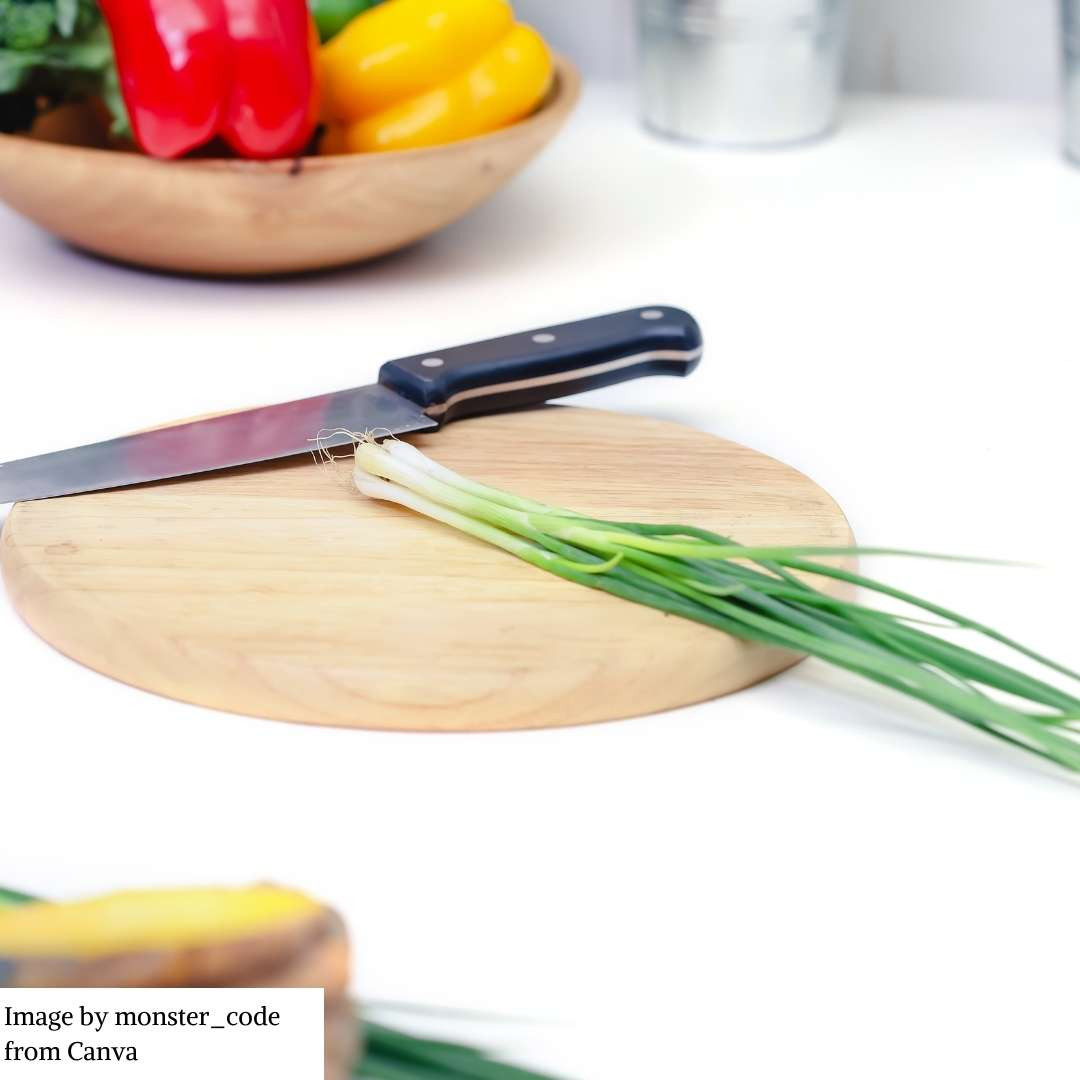
As we mentioned before, quartzite is harder than marble. It may seem strange at first, but doing a scratch test on the stone will provide you with an immediate answer on what stone you have.
Step 1: Ask for a sample piece of the stone. Sample pieces are often free so clients can see what the stone will look like in their home.
Step 2: Scratch the sample stone on a piece of glass or delicately with a knife. It is recommended to aim for a corner section.
Outcome 1: If the sample scratches on the glass or knife, then you definitely have a soft stone, indicating the marble authenticity.
Outcome 2: If the sample is not scratched from the glass or knife, then it shows the stone is harder than the materials, indicating it is most likely quartzite.
You can perform this test at home by yourself when examining your layout with the stone, or as an employee from the stone company if they can perform this test (in front of you!). It is your money you are spending, so it is only fair you get what you are paying for, and a company is liable if they are trying to trick you with something else.
Etch / Acid Test
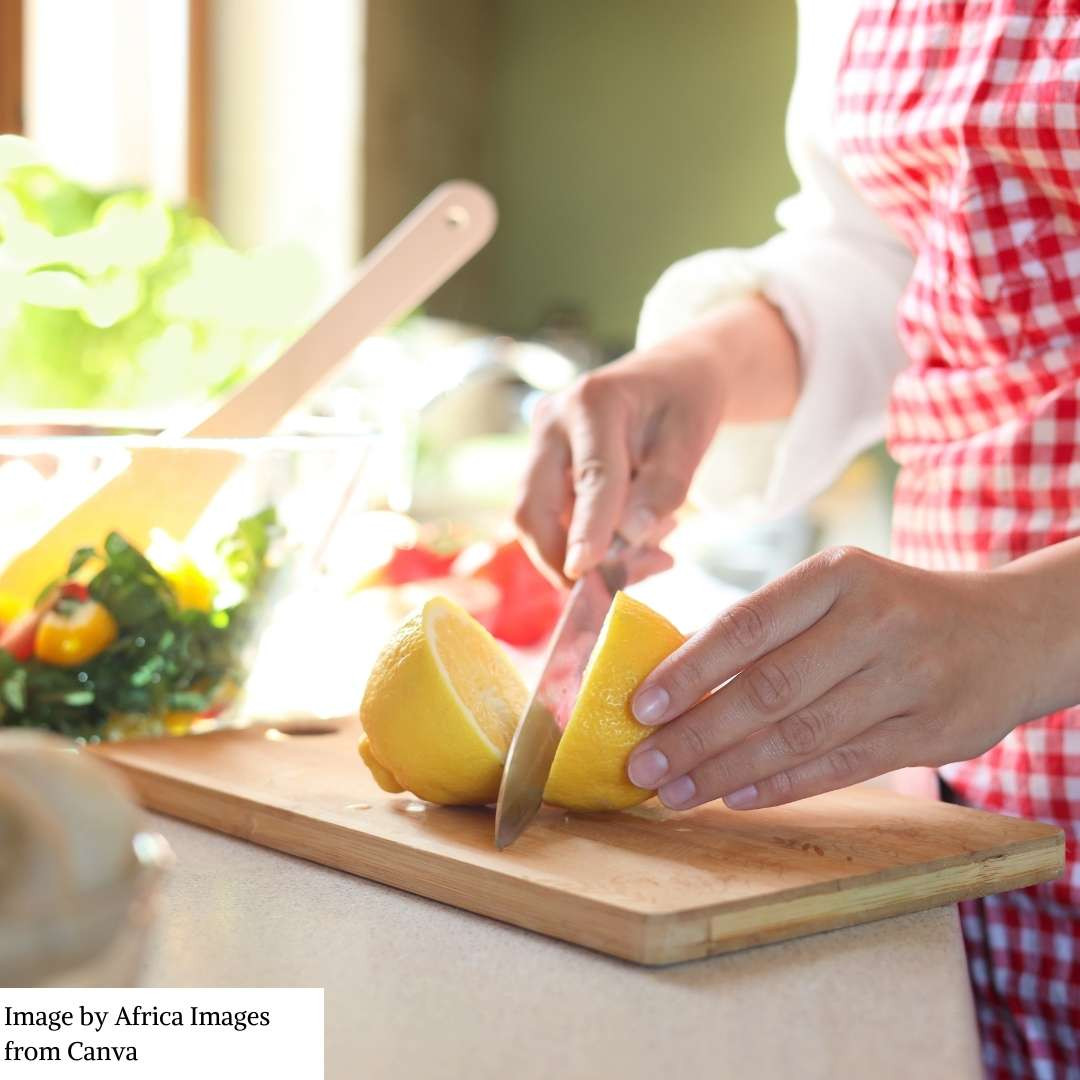
This method will measure the porosity of the stone you are buying. Like we explained earlier, marble will stain and etch easily due to its many pores while quartzite will not. By using a lemon wedge or some vinegar, it will erode the calcium within a metamorphic rock, causing etching or a dulling to form.
Step 1: Get a sample of the desired product stone.
Step 2: Obtain a lemon wedge or small cup of vinegar, with a washcloth.
Step 3: Rub the lemon wedge on the sample stone or pour a little bit of vinegar on the washcloth and rub it into the stone.
Step 4: Wait and see if the stone etches.
Outcome 1: If the stone etches, then it means the acidic lemon juice has successfully seeped into the pores and is eroding the calcium present in metamorphic rocks, meaning it is marble.
Outcome 2: If the stone does not etch, then it means the acidic material is not penetrating the stone quickly, meaning there are less pores, indicating a hardier stone. Thus, it is most likely quartzite.
Ask Before Buying
While the methods above are the clearest option of differentiating between white marble and white quartzite, it is always good to ask the stone manufacturer some facts about the stone. Ask to see if they can perform a scratch or etch test on a sample piece to determine its authenticity. Be present when they do so to ensure you are not being tricked with another sample.
Overall, marble and quartzite are both excellent stones that can make beautiful countertop material. Marble does have some weaknesses with its softer structural integrity and pores, but the history of marble is often what you are paying for rather than just the stone. Be a mindful shopper and make sure the marble stone you are buying is what you are actually getting













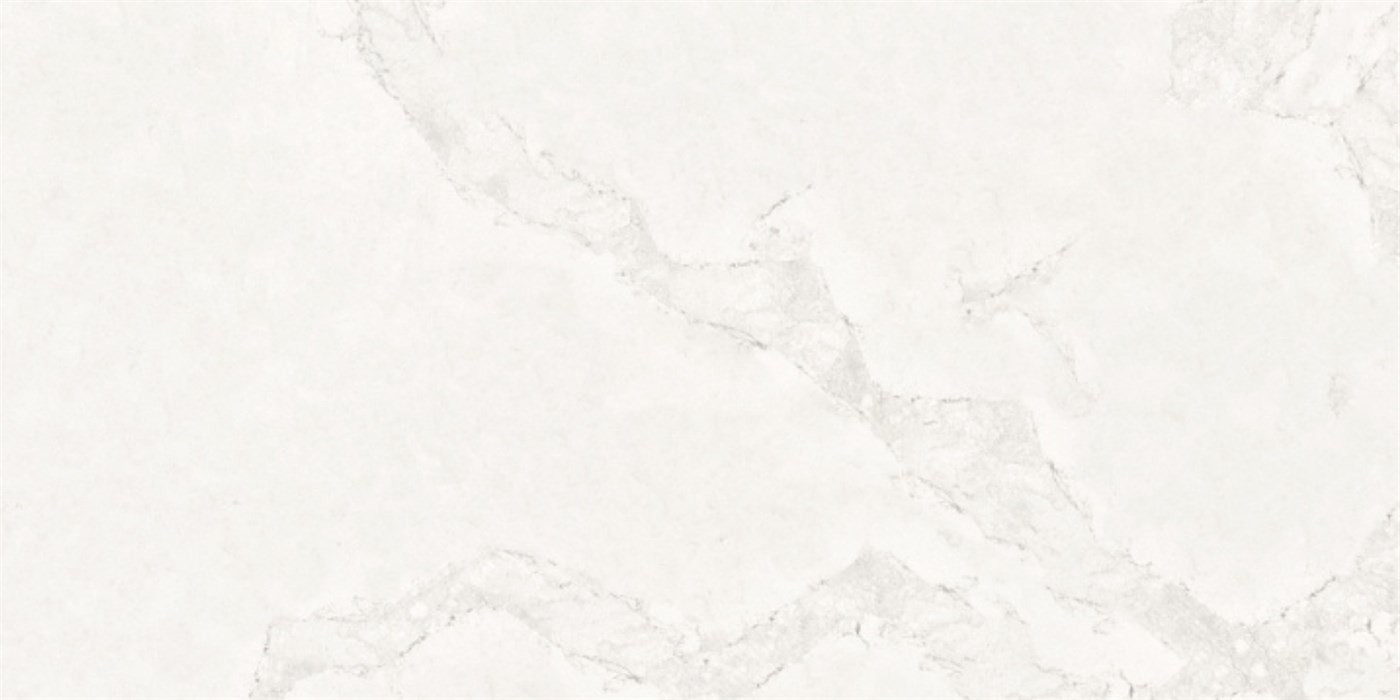
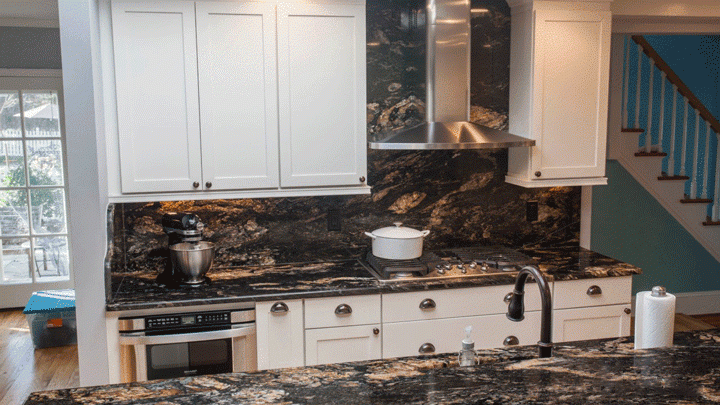
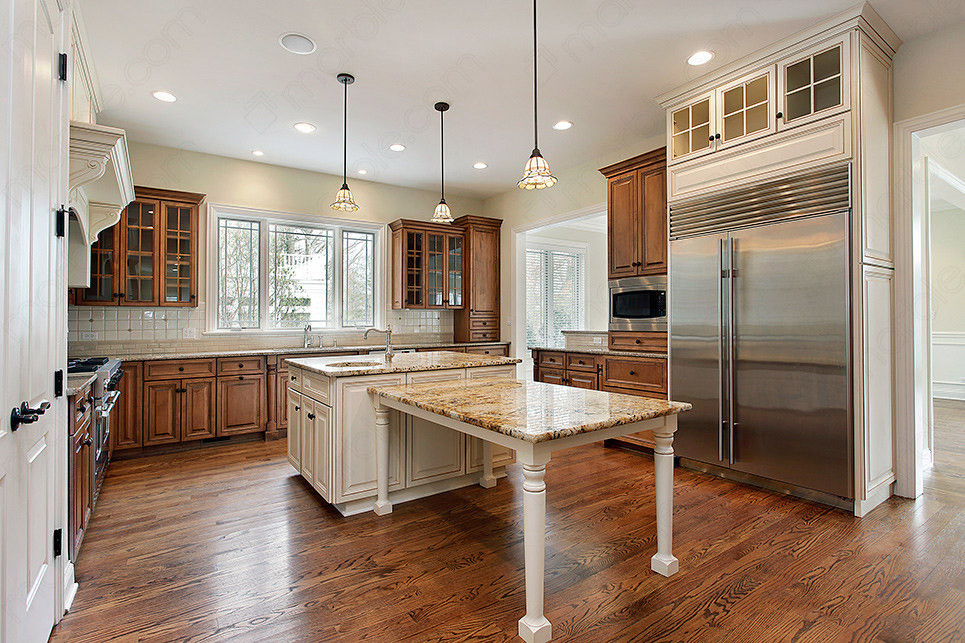
 The article helped me immensely
The article helped me immensely
 I’m now more informed on the subject
I’m now more informed on the subject
 I have questions about Marble.com
I have questions about Marble.com
 The article was not accurate at all
The article was not accurate at all
 There is a serious lack of information
There is a serious lack of information
 I have questions about Marble.com
I have questions about Marble.com